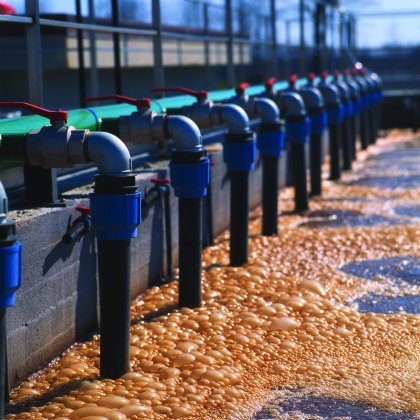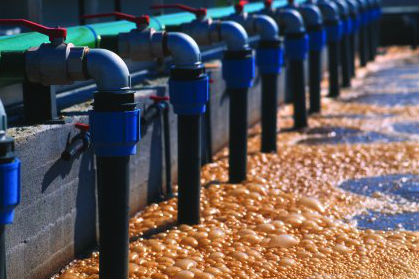Australian researchers are making “poo power” an actual thing
Over the past few years, creating electricity out of human waste has become a pretty popular research initiative. Even Bill Gates hopped on the bandwagon in 2011 with the “Reinvent the Toilet Challenge” in which contestants came up with innovative toilets capable of removing germs from human waste and recovering valuable resources such as energy, clean water, and nutrients.
Now, a researcher from the University of Queensland has partnered up with Queensland Urban Utilities to convert biogas into electricity — for real.
Why? Sewage treatment consumes large amounts of energy and account for up to 20% of total electricity use in some cities, so what if that waste could be turned back into power?
Dr. Shihu Hu from the UQ Advanced Water Management Center has been researching the largest waste-water treatment facility at Brisbane’s Luggage Point.

“The site gives me unlimited access to free samples, with about 60 Olympic swimming pools of waste arriving every day,” said Hu. “The organic material in that waste can be broken down to produce biogas rich in methane.”
In waste-water there are concentrated amounts of nitrogen that can lead to toxic algae blooms and oxygen depletion or dead zones if it enters natural waterways.
Most waste-water treatment facilities use ethanol for nitrogen removal, which can cost exorbitant amounts of money each year.
According to Dr. Hu, this expensive process used up almost half the organic matter in the waste, which means there was less available for conversion to methane.
Now he’s working on a technology solution that can recover more methane without using ethanol to remove nitrogen.
“This also means we can recover almost all of the organic matter in the wastewater to produce even more biogas,” said Hu.
Dr. Hu has just received a $300,000 Advance Queensland Research Fellowship so that he can upscale his work and potentially implement it in many waste-water facilities.
“We expect this technology will be rapidly adopted,” he said.
With his new technology, Hu believes that the energy-intensive water treatment industry transform from being a huge energy consumer to being energy neutral.
“It would save hundreds of thousands of dollars for large facilities and it is more sustainable for the planet,” said Hu.
Learn more about the research being conducted at the facility and how it will create changes for a better future for both the industry and the community in the video below.


Comments are closed, but trackbacks and pingbacks are open.